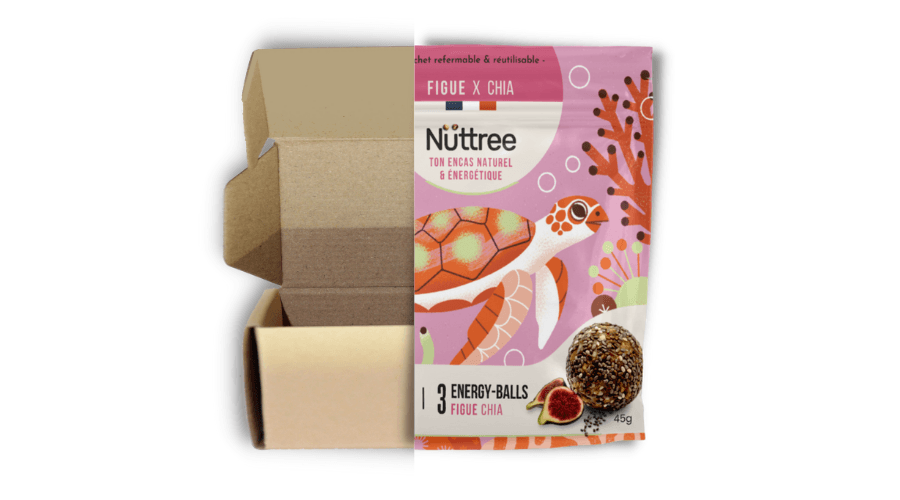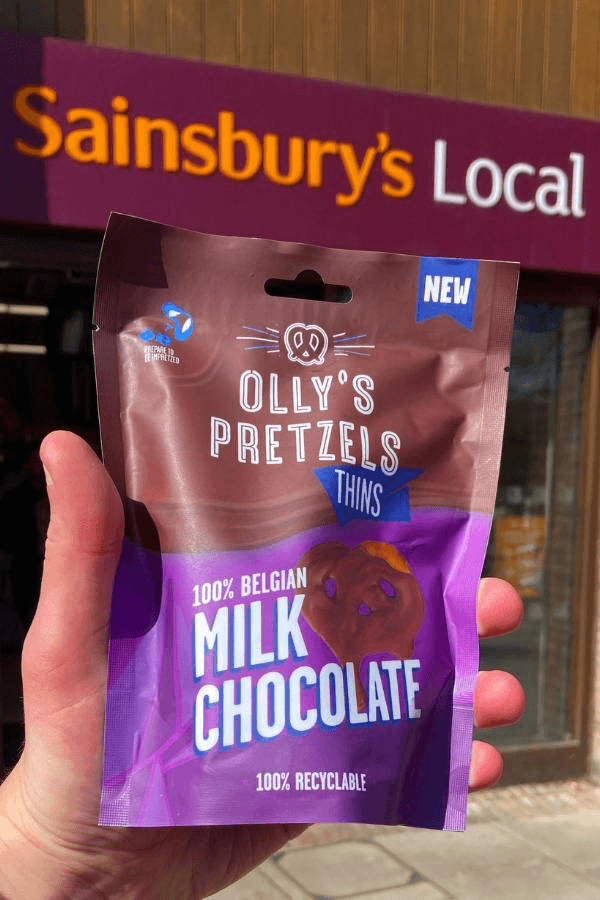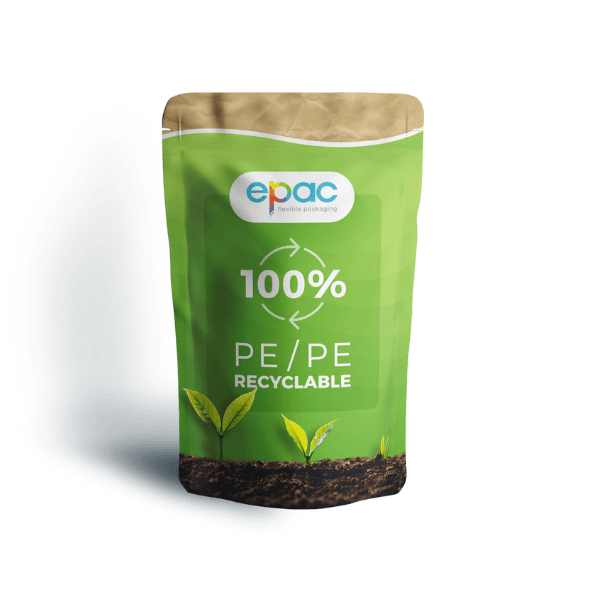Ask anyone selling a product about packaging, and they’ve got an opinion. Some folks love cardboard, while others are all in on plastic. There’s always a debate on longevity, style, the ecosystem, and our collective imprint.
But when people duke it out over plastics vs. paper, the results aren’t as black and white as one might think. There’s cardboard decomposition, but also those plastics are made from oil. It’s essential to make an educated choice regarding what works best.
We’ve seen a lot of packaging types over the years. These are a few of the things we’ve learned along the way about the great paper vs. plastic debate.
Let’s Get Raw
When comparing plastic vs. cardboard, we need to talk about environmental impact.
Plastic is made from crude oil, and natural gas. Plastic manufacturing equates to 12% of the global oil supply.
Most packaging is plastic – it’s cheap and it’s durable. Things like protective coverings, bubble wrap, and envelopes – are all plastic.
Polyethylene is the most common plastic in the world. Its raw components, oil or gas, undergo a process of heating, cooling, chemical treatments, and molding before reaching final form.
Cardboard comes from a thick paper stock, which comes from trees. Trees can regrow, but it takes time for even a responsibly managed forest to repopulate. One fully grown tree can produce 150 cardboard boxes.
Making paper is the process of boiling wood chips to create pulp, then the layers are glued together for additional strength, becoming cardboard.
So, we’re 1:1 – both packaging types use natural resources.
What About Carbon Footprint?
Carbon emissions are created during the production of cardboard and plastic packaging, which includes greenhouse gasses released and the emissions produced for product disposal.
Un-recycled plastic equates to 3.8% of global greenhouse gas emissions, which makes it one of the biggest polluters.
This is why recycling is so critical.
Paper and cardboard aren’t without their faults, either. They take a significant amount of energy to source and produce. Their global carbon footprint is relatively low – only around 1% – due to renewable energy sources such as biogas, biomass, and hydroelectricity.
But plastic is created in a much more efficient process, requiring 40% less energy.
Since plastic comes from crude oil, the carbon footprint comes from extraction, refinement, and transportation needs. And most plastic is NOT recycled, which clogs waterways and landfills. (We’re wholly against this.).
Some plastic is used in ‘waste to heat’ plants that turn it into fuel, but most plastic is incinerated and released into the atmosphere. Gross, right?
So, now it’s a matter of carbon footprint against cheaper manufacturing.
Another degree of this conversation is the literal weight of plastic vs. the weight of cardboard. What is the difference between the transportation costs between the two?
Plastic is strong, cheap, and light and cardboard is considerably heavier. If you’re selling granola treats, do you ship them in a thin plastic mailer or a cardboard box?
Probably the thin plastic mailer. They keep the product fresher and longer and are more effective in shipping. A small cardboard box can weigh 80 – 100 grams – a plastic mailer can weigh two grams. That weight adds up at the pump and with CO2 emissions.
Here, plastic is the clear winner.
And Then There’s the X-Factor: Recycling.
One of the biggest things we champion at ePac is sustainability. From using biodegradable bags to inks that won’t hurt the earth, doing our part is essential, which is why recycling is so important.
Recycling reduces demand for limited natural resources, which passes the savings onto water and energy usage.
Everyone knows you can recycle paper and cardboard; the problem is many facilities don’t. The implicit message they’re communicating is it’s cheaper to make new stuff. (One ton of cardboard requires around 25% less energy than making it new and up to 50% less water.) Recycled plastics require 65% to 88% less energy.
The Final Verdict
No matter what route you plan to take with your packaging, we advocate using sustainable materials. Our 100% Polyethylene (PE) films are customizable but recyclable. They also include high-barrier structures, provide optimal product protection, are oxygen and water vapor resistant, and feature photo-quality graphics. And our recyclable films are Store Drop-off compliant.
There are options regarding how we choose to impact our world. Right now, we’re always on the hunt for a solution that lessens our footprint with every bag we print and sell.




